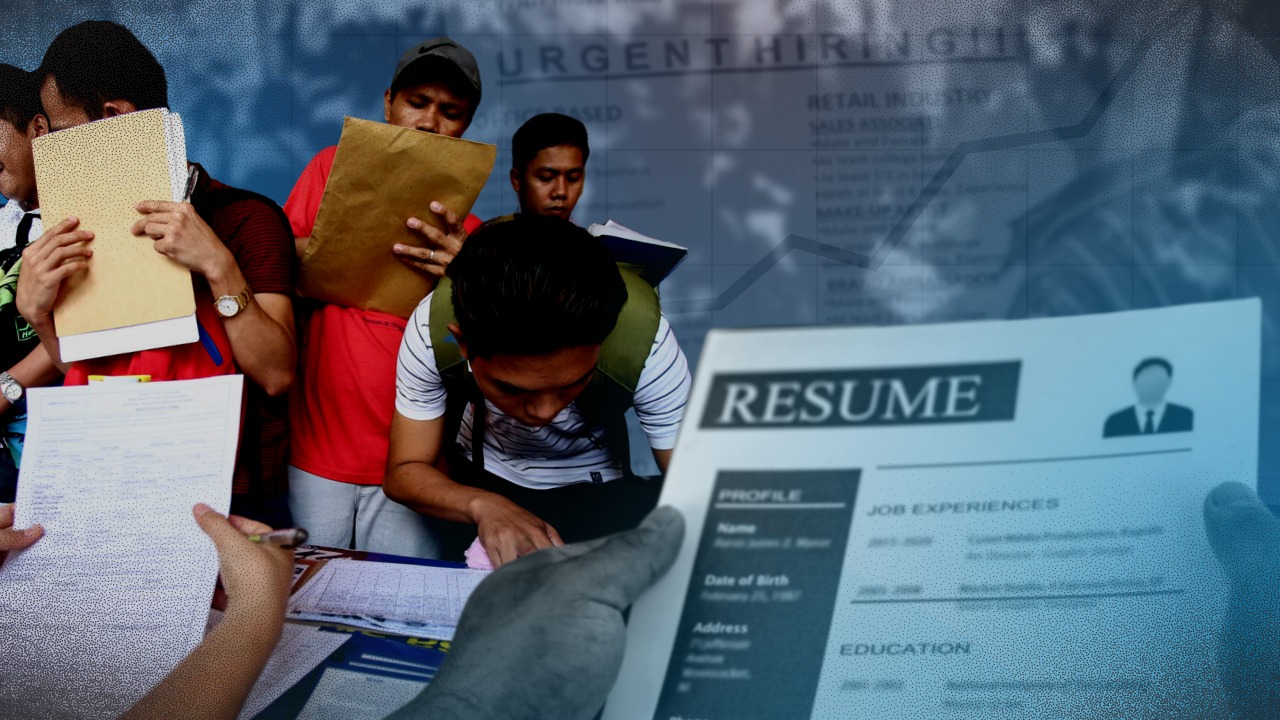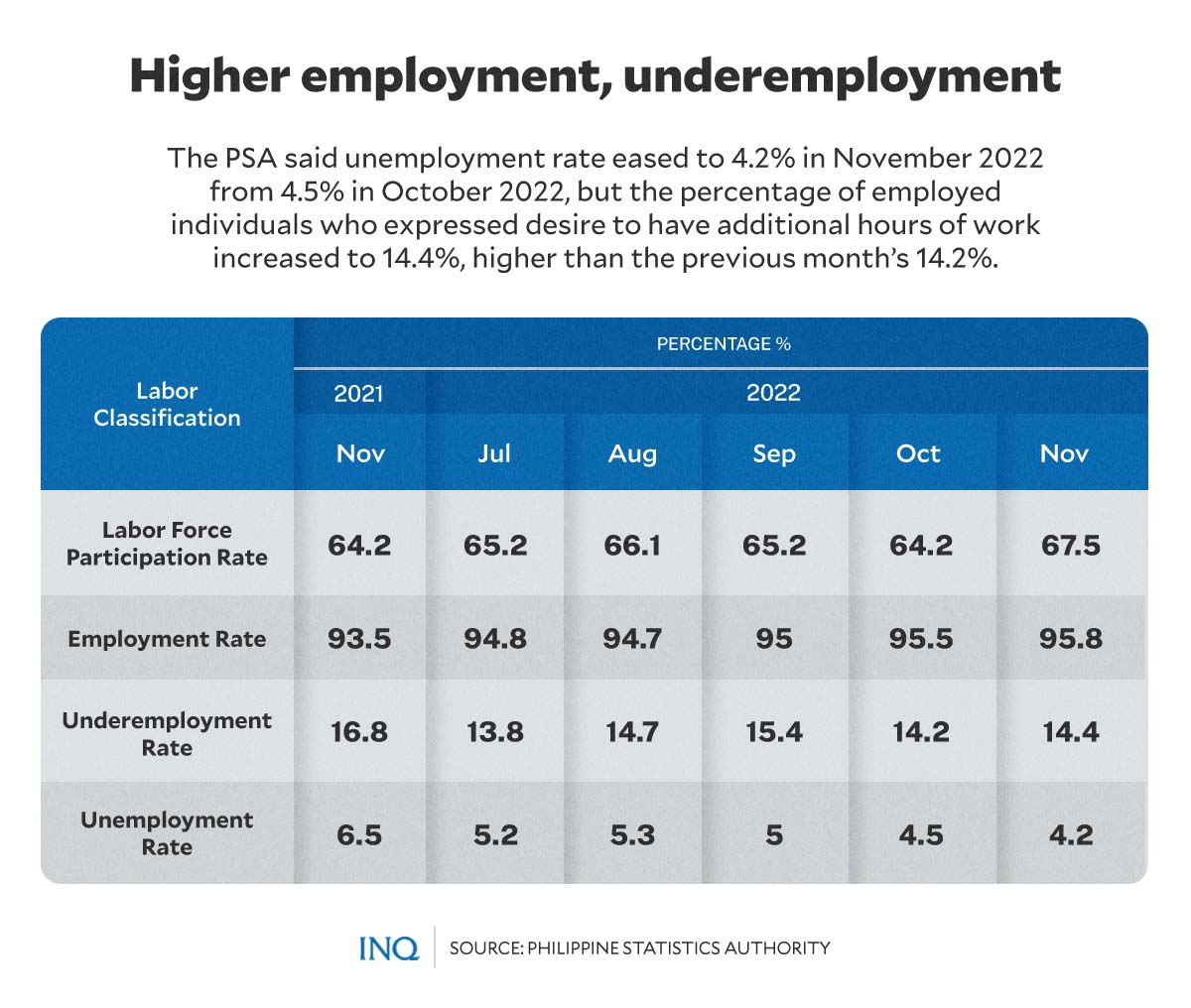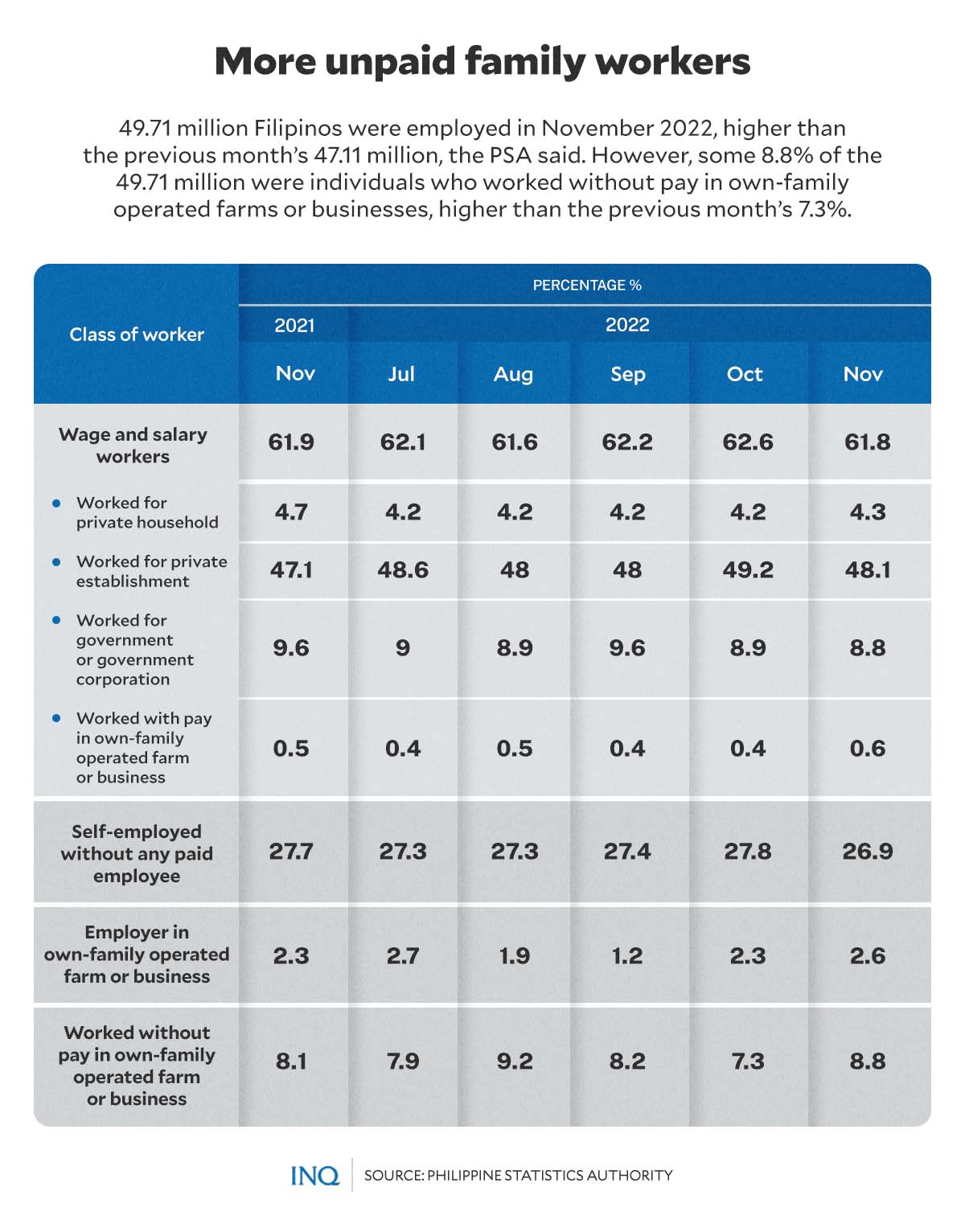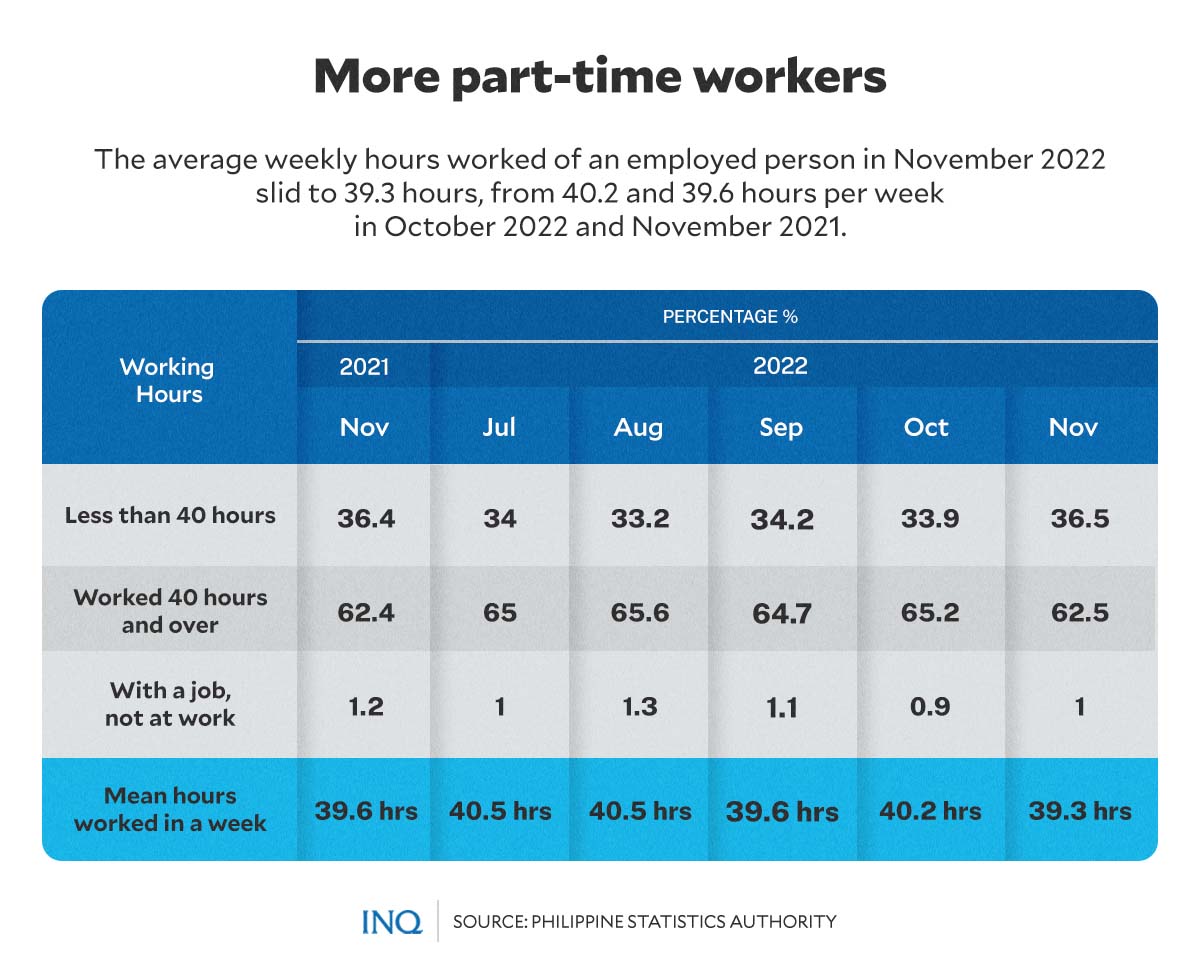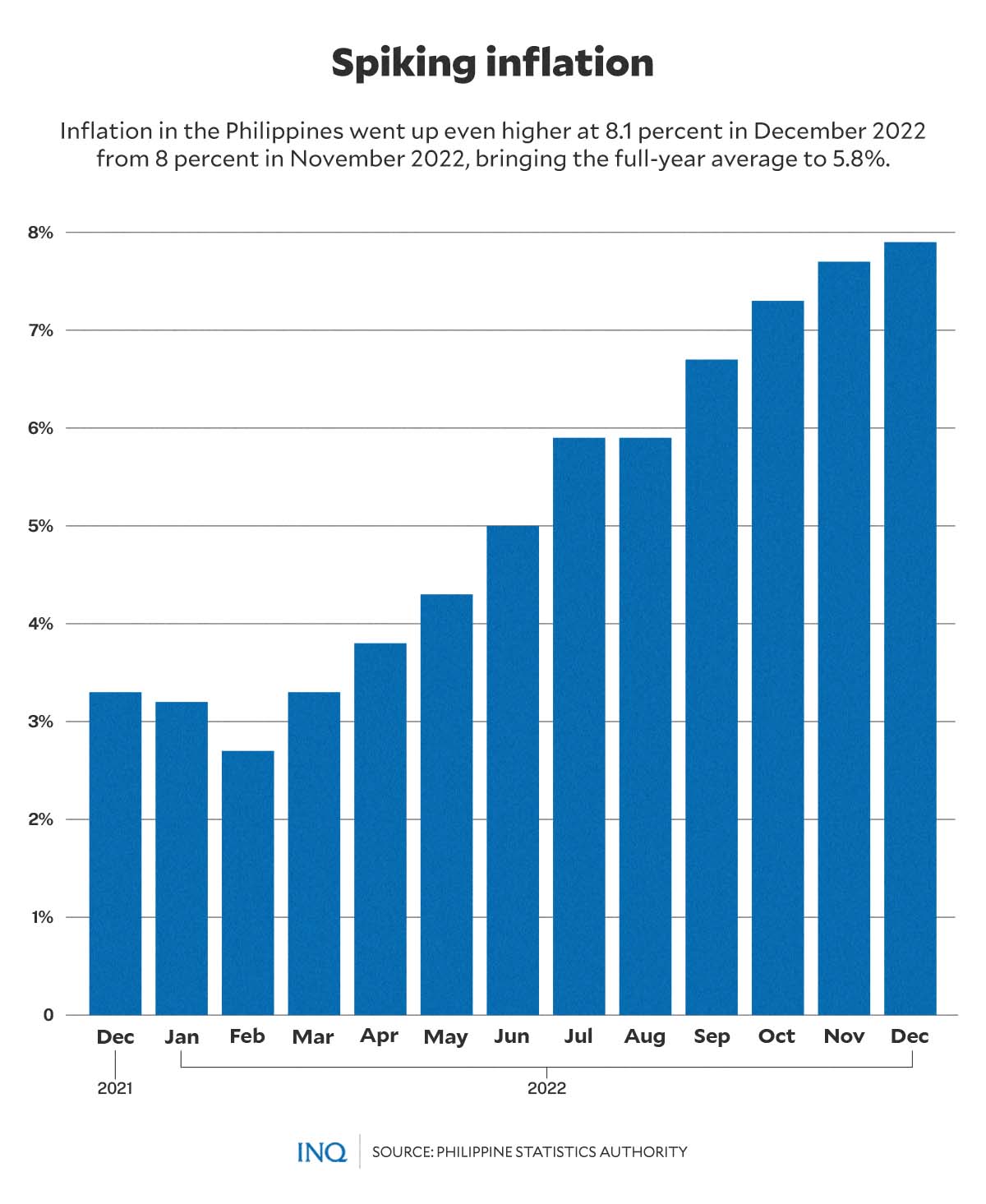Question lingers as gov’t paints rosy 2028 economic picture: How do we get there?
MANILA, Philippines—As stated in the Philippine Development Plan (PDP), which was released last Jan. 1, the government wants an economy that would be “beneficial for every Filipino.”
The National Economic and Development Authority (Neda) said the PDP is a “plan for deep economic and social transformation […] by steering the economy back in a high-growth path.”
But as stressed by Neda, “this growth must be inclusive, building an environment that provides equal opportunities to all Filipinos, and equipping them with skills to participate fully in an innovative and globally competitive economy.”
The PDP, which is the government’s development plan for this year until 2028, aims to maintain high levels of economic growth this year and an annual growth domestic product (GDP) rate of 6.5 percent to 8 percent from 2024 to 2028.
It was outlined that with the plan, the Philippines will be ranked as among the top 33 percent in the Global Competitiveness Index by 2028, with the government aspiring for an improvement in the country’s standing to 43rd by that year from 59th in 2022.
Article continues after this advertisementThe PDP, which highlighted the need for better paying jobs, is expected to ease the unemployment rate to 5.3 percent to 6.4 percent this year, 4.4 percent to 4.7 percent in 2024, 4.8 percent to 5.1 percent in 2025, and 4.5 percent to 5 percent from 2026 to 2028.
Article continues after this advertisementThe plan also included what President Ferdinand Marcos Jr. said in his first State of the Nation Address last year—that he would want to end his six-year presidency in 2028 with a single-digit poverty incidence rate of 8.8 percent to 9 percent.
But how can the Philippines achieve all these?
As stressed by Socioeconomic Planning Secretary Arsenio Balisacan, economic growth should come with better paying jobs to help Filipinos get out of poverty, especially now that high inflation is making basic commodities almost out of reach.
“We have outlined in our Philippine Development Plan an economy that is beneficial for all Filipinos. The growth has to be inclusive, associated with improvement in the quality of jobs and low inflation,” he told ANC.
“That way, we can raise everybody’s welfare.”
Filipinos making do with what’s available
Now, let’s take a look at the current situation in the Philippines.
Based on the latest data from the Philippine Statistics Authority (PSA), 49.71 million Filipinos (95.8 percent) were employed in November 2022, higher than the 47.11 million (95.5 percent) in October 2022.
READ: Unemployment rate in PH dips to 4.2%
The unemployment rate also went down to 2.18 million (4.2 percent) compared to the previous month’s 2.24 million (4.5 percent), the PSA said as it released the result of its latest Labor Force Survey on Jan. 6.
However, the underemployment rate, or the percentage of employed persons expressing the desire to have additional hours of work in their present job or to have an additional job increased to 14.4 percent (7.6 million) from 14.2 percent (6.67 million).
As explained by Sonny Africa, executive director of think tank Ibon Foundation, out of the 2.6 million “net job creation” between October and November, 2.2 million were part-time jobs, while the rest were work without pay in own-family operated farm or business.
RELATED STORY: Closer look at PH jobs picture shows little stable employment
“There are 4.4 million unpaid family workers, or nearly one out of 10 called ‘employed’.”
Based on data from the PSA, 8.8 percent of the 49.71 million employed Filipinos in November 2022 were unpaid workers in own-family operated farm or business, higher than the previous month’s 7.3 percent.
The PSA said by class of worker, the 95.8 percent employment rate comprised 61.8 percent wage and salary workers, 26.9 percent self-employed, 2.6 percent employers in own-family operated farm or business, and 8.8 percent unpaid family workers.
RELATED STORY: Dark side of PH jobs numbers: More Filipinos in outright informal work
Wage and salary workers, meanwhile, consisted of 4.3 percent private household workers, 48.1 percent private establishment workers, 8.8 percent government workers, and 0.6 percent workers with pay in own-family operated farm or business.
The average weekly hours worked of an employed person in November 2022 slid to 39.3 from 40.2 hours and 39.6 hours per week in October 2022 and November 2021.
Less purchasing power
As stressed by Ibon Foundation, the purchasing power of Filipinos “has been falling rapidly throughout the Marcos Jr. administration and in December 2022 was even lower than in the same period last year.”
Based on data from the PSA, inflation in the Philippines went up even higher at 8.1 percent last month from 8 percent in November 2022, bringing the full-year average to 5.8 percent.
READ: Philippine inflation rose further to 8.1% in December
It said the inflation spike in December 2022 was mainly because of the higher annual increase in the index of food and non-alcoholic beverages at 8.4 percent, from 8.2 percent in November 2022.
This was followed by restaurants and miscellaneous goods and services index which recorded a 6.2 percent year-on-year increment in December 2022, from 6 percent in November 2022.
Clothing and footwear, with an inflation rate of 3.9 percent in December 2022 from 3.6 percent in the previous month, also contributed to the higher inflation in that period.
Ibon Foundation said the price increases in basic goods and services weighed most heavily on poor and low-income families, especially the 18.6 million households that did not have any savings as of the fourth quarter, based on Bangko Sentral ng Pilipinas data.
“The internal character of the country’s problematic inflation is underscored by how the 8.1 percent December 2022 inflation rate is the worst in the major countries of Southeast Asia,” it said.
“The latest available inflation data for other countries according to their respective statistical agencies is: 4 percent (Malaysia, November); 3.5 percent (Brunei, October); 4.6 percent (Vietnam, December); 5.5 percent (Indonesia, December); 6.7 percent (Singapore, November); and 7.3 percent (Thailand, 3rd quarter).”
The think tank also estimated that the December 2022 inflation pushed the family living wage (FLW), or the income that a family of five needs to live decently, to an average of P1,146 per day nationwide.
READ: Tougher days ahead: Household income, spending falling
The average daily nominal wage of P404 nationwide is just one-third (35.3 percent) of the nationwide FLW. In Metro Manila, the FLW for a family of five rose to P1,145. The daily nominal wage in NCR is not even half this.
Building on significant gains in the past
Balisacan said the PDP “seeks to build on the significant gains the country has achieved in the past two decades, mindful of some setbacks caused by the pandemic.”
He stressed that the plan’s “overarching goals are to reinvigorate job creation and accelerate poverty reduction by transforming the economy and public service.”
“The formulation of its strategies and priorities to achieve these goals has taken lessons from the first two years of the pandemic, ideas distilled from development research and policy studies, and invaluable insights gleaned from the country’s economic history.”
Balisacan said “the plan shall strengthen the economic sectors, which are seen to create more and higher-quality jobs and produce globally competitive products.”
The PDP also identified the policies, programs, and legislative priorities required to modernize the agricultural sector, revitalize industries, and reinvigorate services.
“The government’s role is critical as it must foster an enabling environment for social and economic transformation,” he said.
